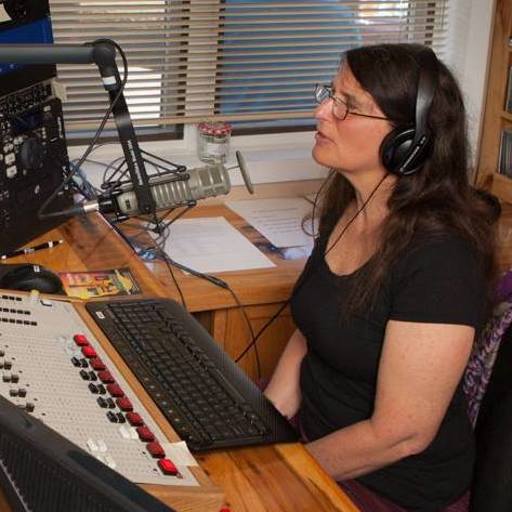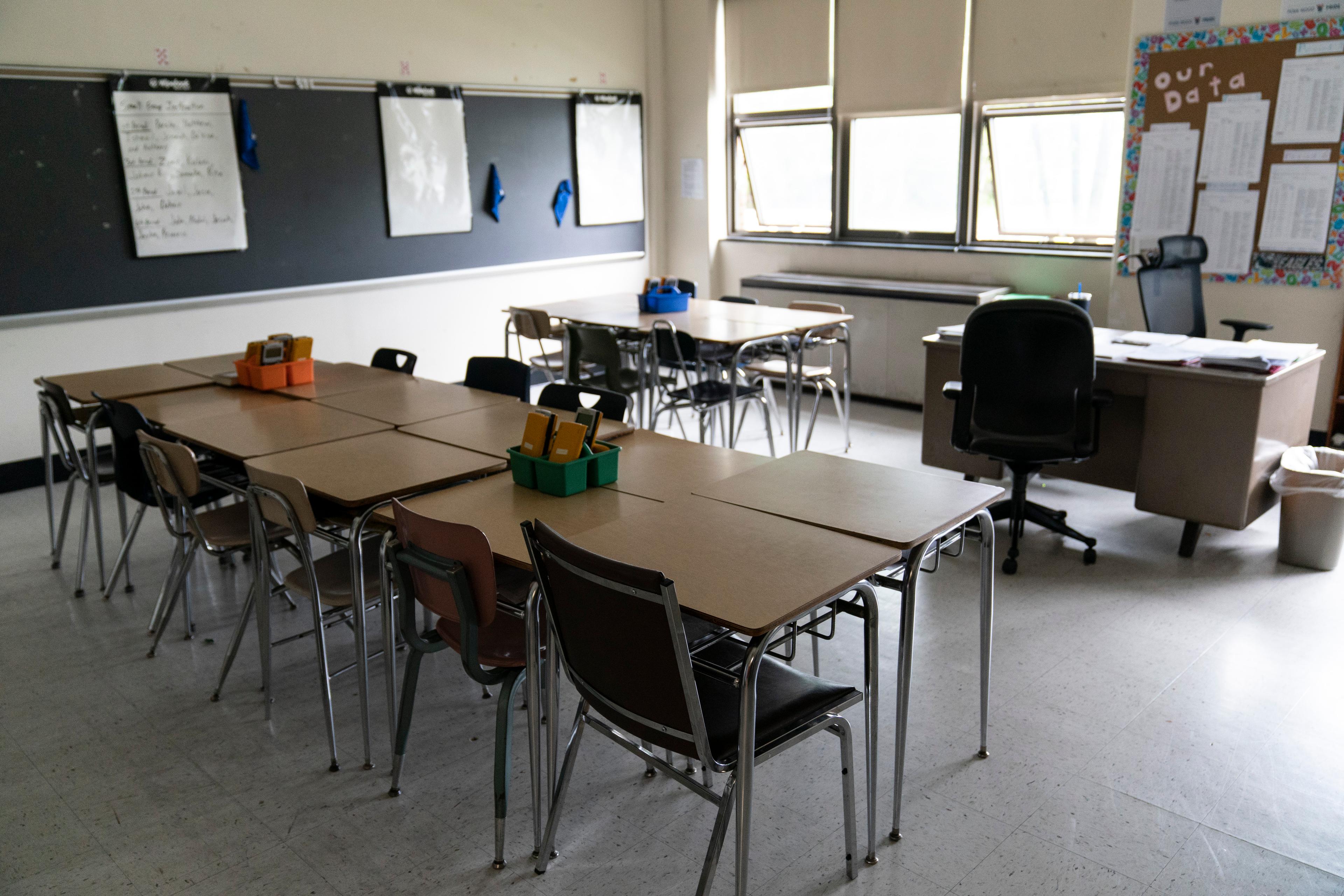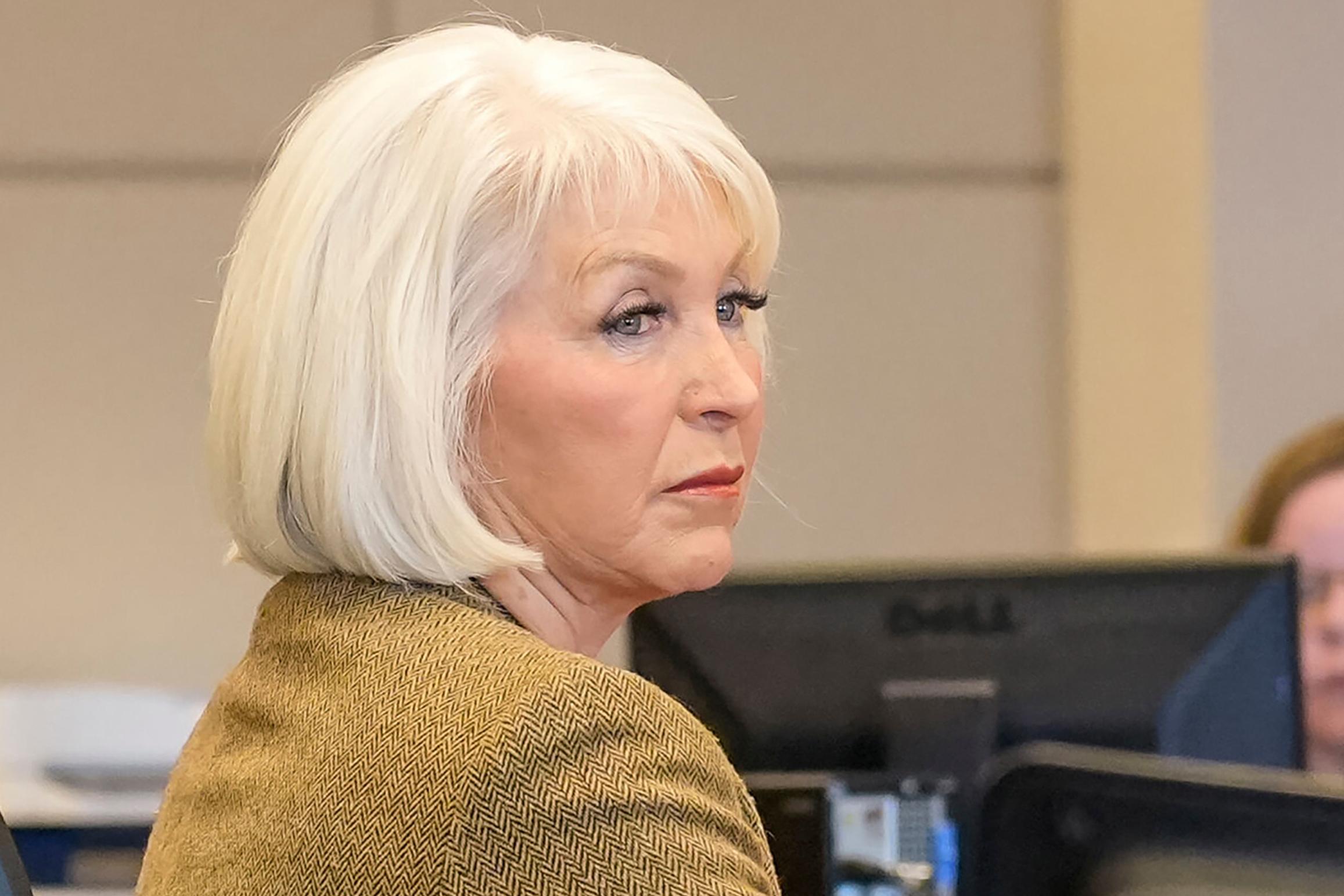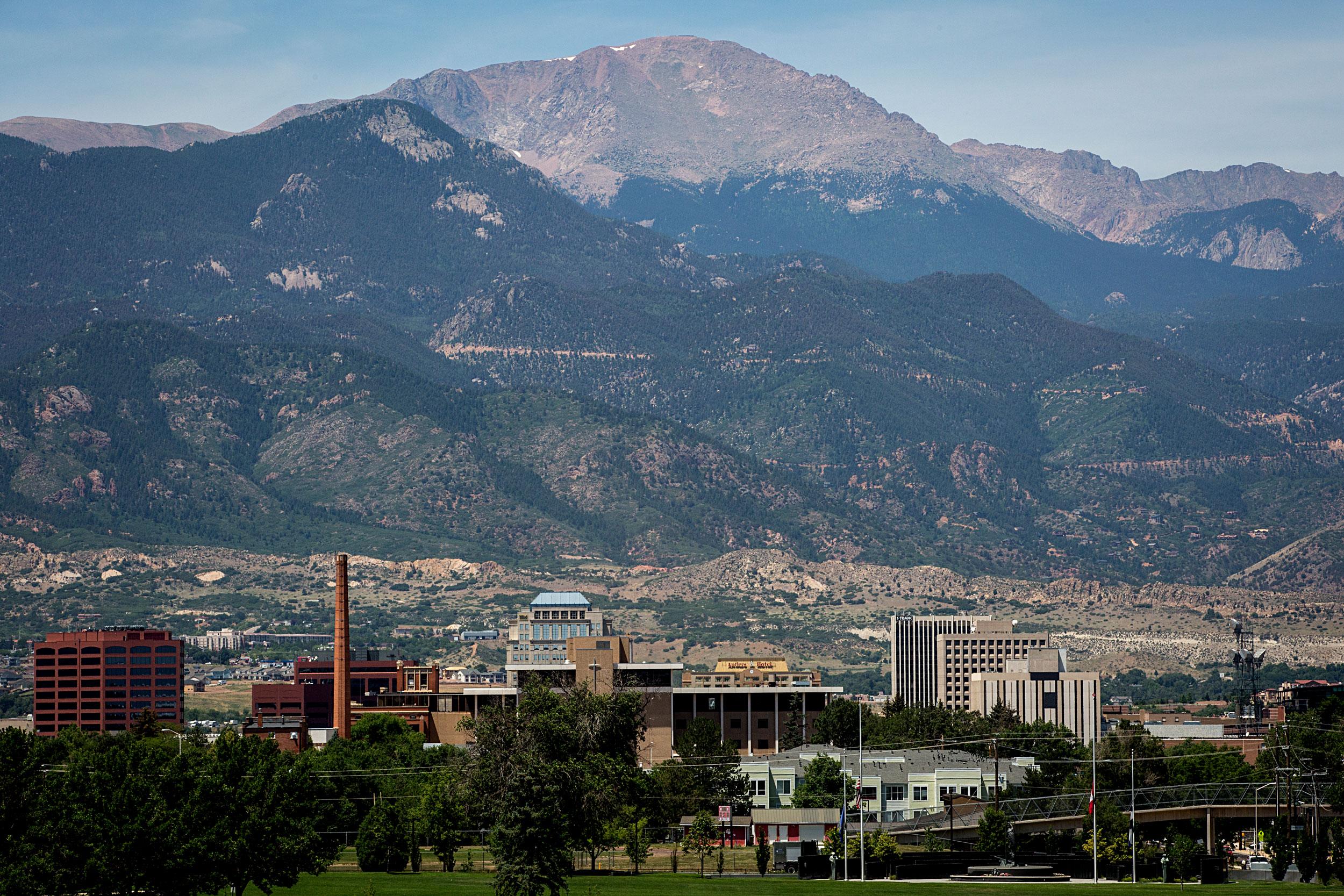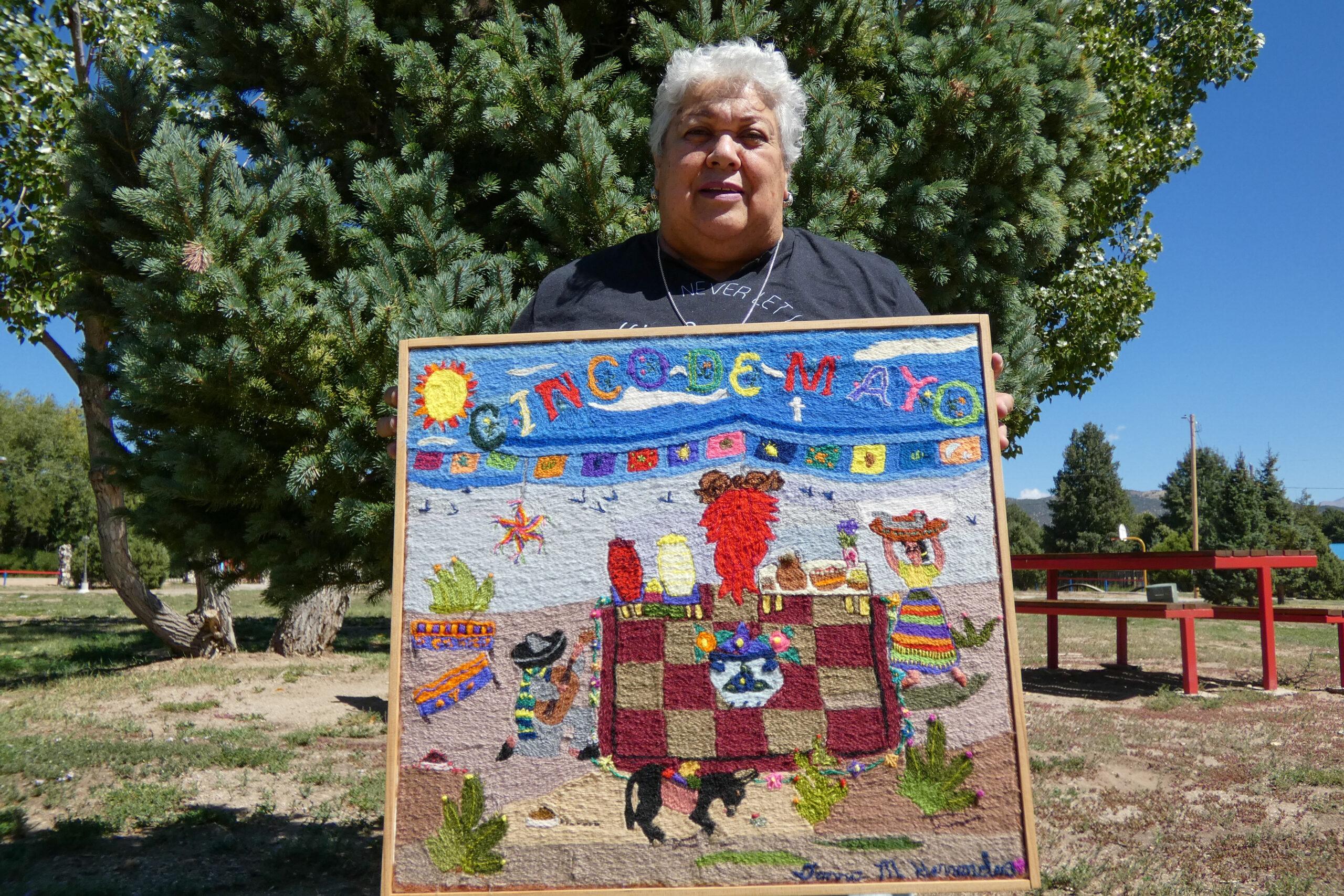
There are groups of women in the San Luis Valley who craft elaborate scenes using embroidery, detailing scenes from farms, labor history and mountain landscapes in their region. Their work, known as colcha embroidery, is the focus of a new exhibit opening Thursday, Sept. 14 at the Arvada Center in Arvada.
Colcha embroidery was brought into New Mexico during the Spanish Colonial era and eventually spread into southern Colorado. The traditional style was used for decorating bedspreads and table linens. Birds, flowers and other imagery were common during this time.
During the 1980s, some women in the San Luis Valley began to cover the entire canvas of fabric with more intricate designs. The evolution specific to the valley depicted memories and stories that were important to them and their communities, including Saguache, Antonito and San Luis.
Donna Madrid Hernandez belongs to a colcha embroidery group that gathers regularly in the town of San Luis.
“Colcha embroidery goes back many years,” she said. “I think of the women that have done it and where I'm at. I'm here in San Luis and it just makes me feel good that I'm a part of it.”
Pueblo needlework artist Judy Vigil grew up and raised her children in San Luis. She said she’s proud of her craft and thinks more people should do it.
“I focus on it,” she said. “I love doing this and it relaxes me and I put all my troubles away.”
Vigil and Hernandez are among the 34 colcha embroidery artists whose work will be on display at the Arvada Center until mid-November. It’ll run simultaneously with two other exhibits highlighting the work of southern Colorado artists. Admission is free.
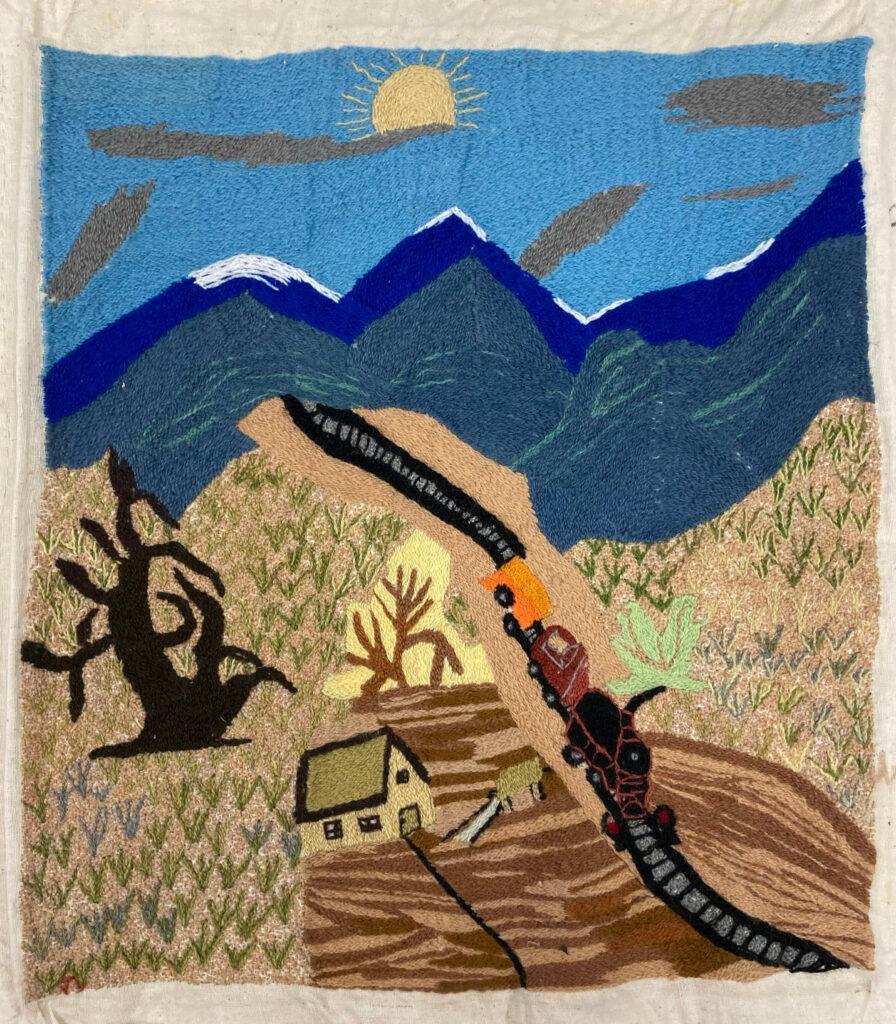
Editor's Note: The Arvada Center is a financial supporter of CPR, but has no editorial influence.
